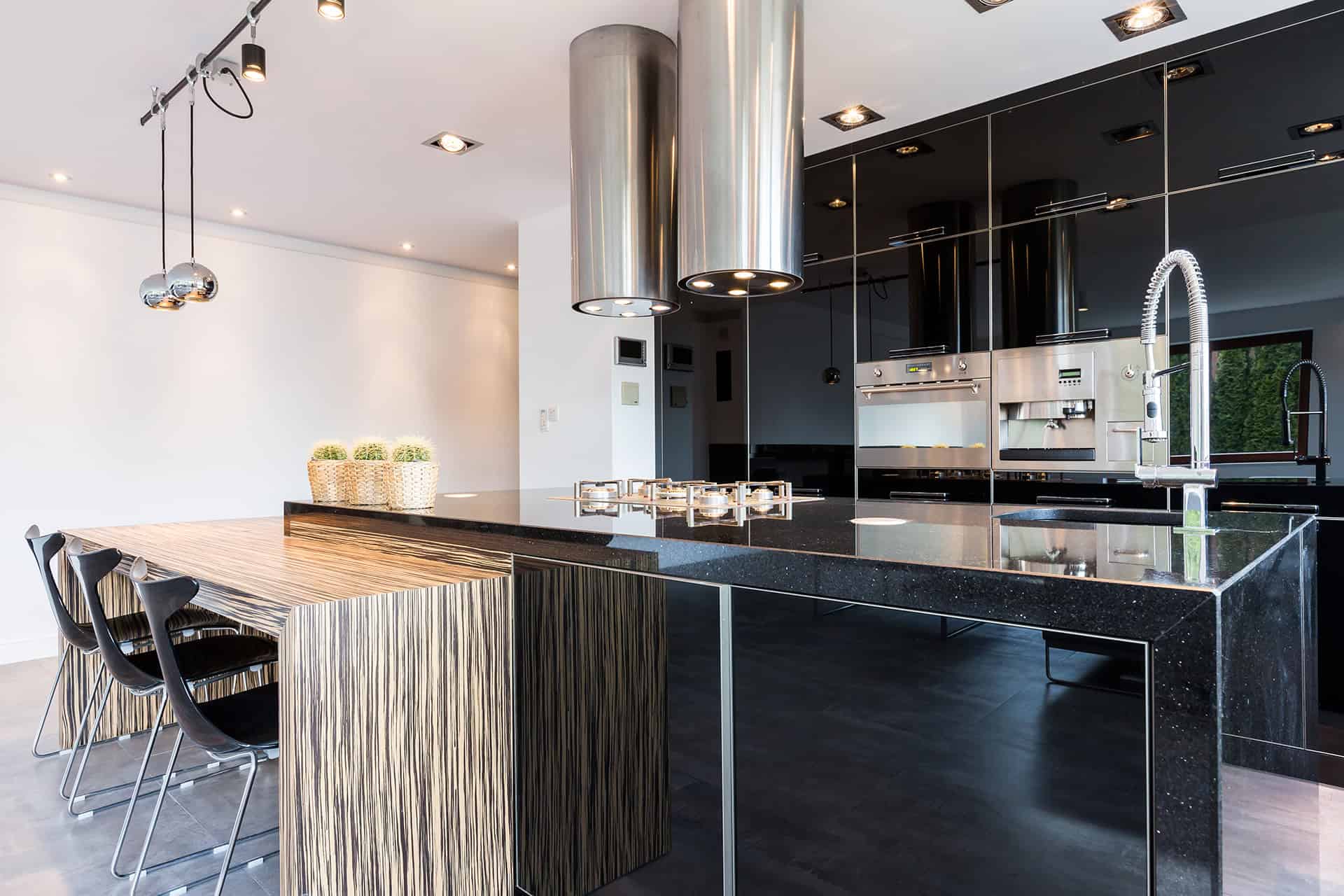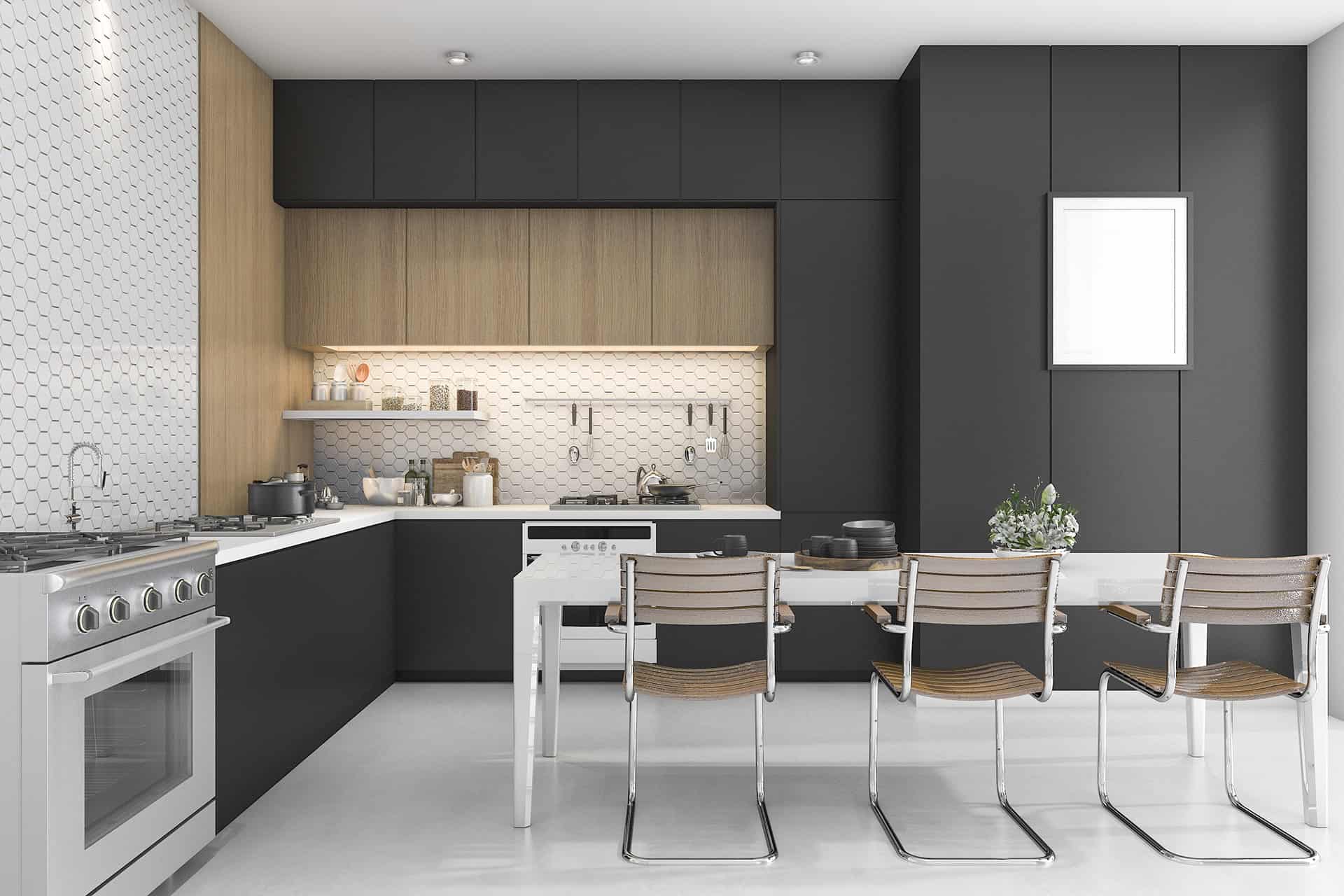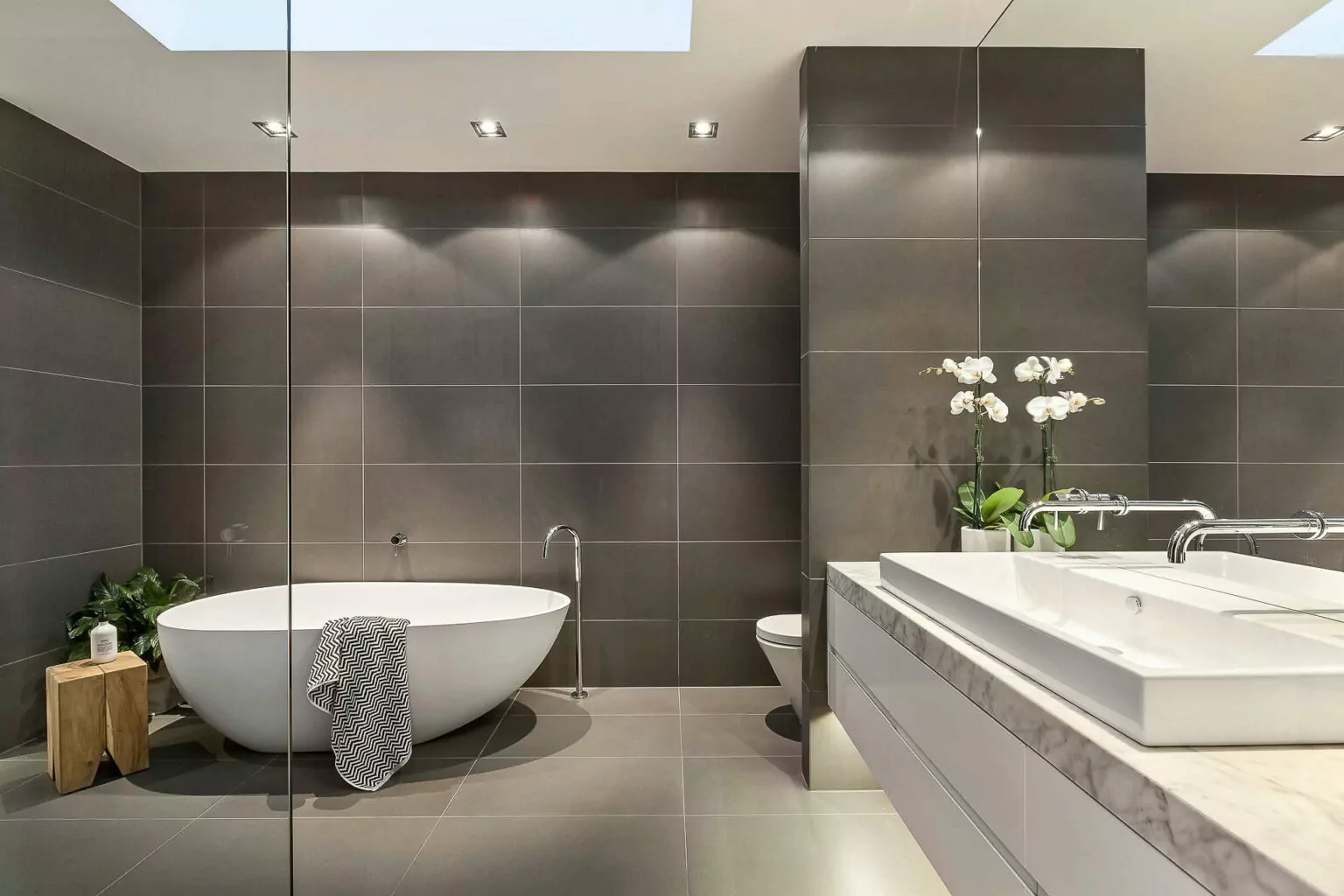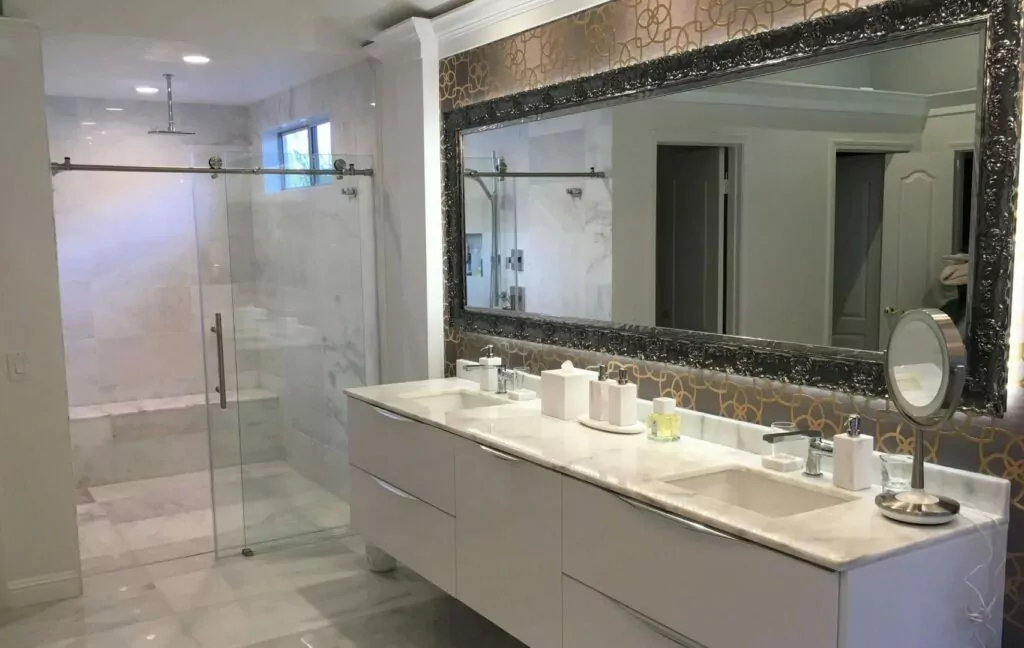
Though a large bathtub gives us the luxury to lie in and slacken thoughts, a shower seems to be a more practical solution for modern homes where facilities are outrageously limited. Many homeowners want to convert bathtub to shower to make the sanitary room bigger and adjust the released space for something else. Getting a shower instead of a full-featured bathtub also makes sense for families with oldsters or physically impaired members.
If you can boast solid DIY skills, you can handle this bathroom remodel project without hiring a contractor. Most homeowners are afraid of inviting professional engineers to alter a bathtub to shower believing this will be too expensive. In fact, bathtub to shower conversion cost accounts for approximately $2000, which is comparable to buying a new shower kit for further DIY installation.
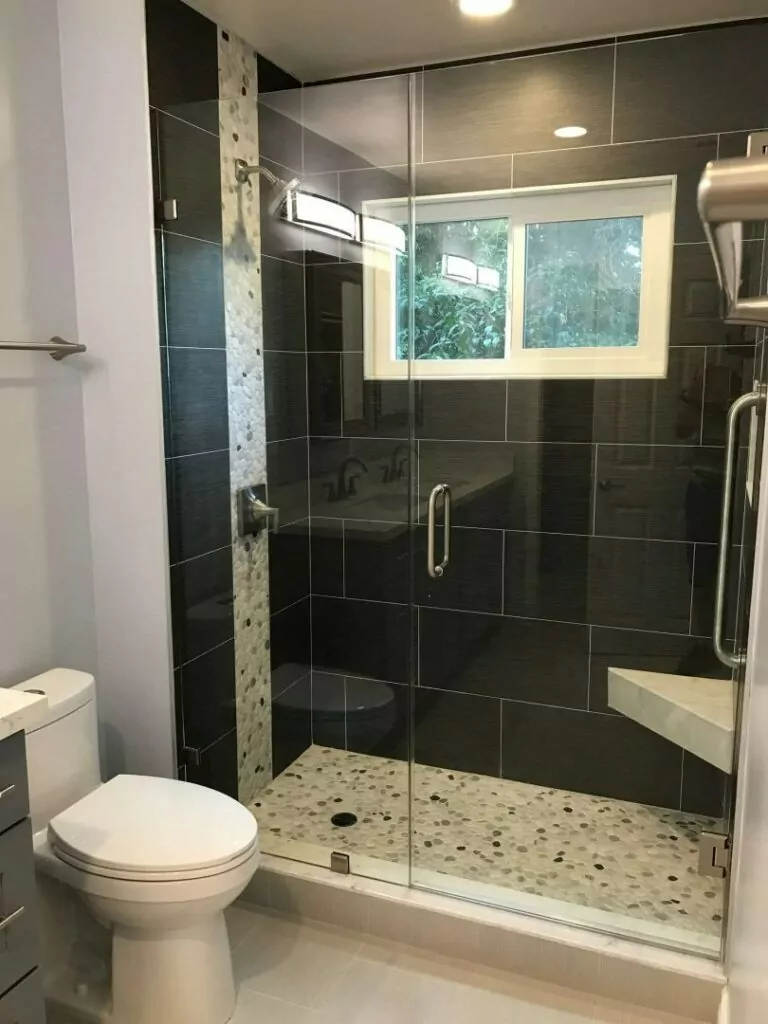
First Things Firs
Before you put your hands to bathroom remodel, decide on the type of a shower you want as an ultimate product. The choice is not so large: a curbed or curbless shower.
The main peculiarity of a curbless shower is that it does not have any barrier or a threshold on the entry. Such a shower can be a bit tricky to install because it requires the slope of the drainage floor to be slightly lower than the level of the nearby floor. This is a must-have feature for a curbless shower, otherwise, the water will not travel to the drain point properly.
Advantages of curbless showers include:
- The elderly, kids, and people with reduced mobility can easily use a curbless shower since there is no barrier for entry;
- Accessibility – such a shower is very easy to clean and maintain;
- A curbless shower effectively showcases a stylish tile pattern because such a shower is generally not fully enclosed or has no door, so that a lovely ornament can be well seen.
- More privacy. Unlike a curbless model, a curbed shower does not have an open concept.
- Thanks to a curb, a curbed shower does not let water get out and flood the floors.
- A curbed shower does not allow the heat to escape. If you get easily cold in the shower, you’d better opt for a curbed shower.
Your decision-making will not stop at selecting between a curbed and curbless shower. You will also have to decide between a ready-made shower kit and a custom shower.
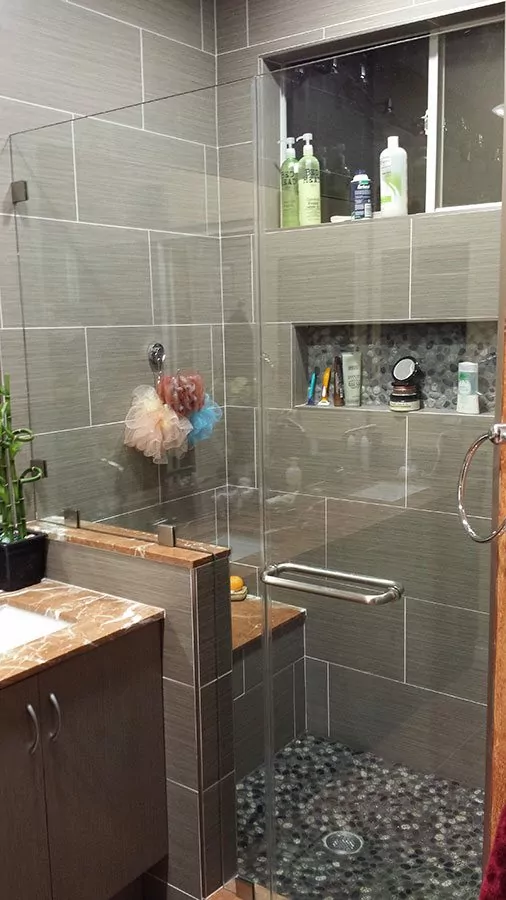
If it will be a DIY project, it is more reasonable to gravitate towards a shower kit from a household store because they are much cheaper and easier to install without outside help.
Plan Out Your Future Shower Space
If you had an alcove bathtub, or it was made of any synthetic plastic, you will not have any significant problems with removal.
Since this place was previously occupied by your tub, you will not have to rearrange the plumbing completely – it is already in place and will hardly need any fundamental modifications.
Major interference with your plumbing system will badly affect the final cost of your bathroom remodel project not to mention the involvement of expert help (the presence of a stranger in a house is always somewhat messy and disturbing, you know).
What will You Need?
You will not be able to convert your bathtub to a shower without having the next inventory:
- Naildrawer
- Pry bar
- Plywood
- Putty knife or utility knife
- Reciprocating saw
- Screw-turn
- Shower kit
- Universal wrench
- Wrench
Dismantle Tiles and Drywall
The transformation of your bathtub into a shower starts with pulling out old tile and drywall around the tub, otherwise, you simply will not be able to get a bulky fitment out off the room.
Take care of the floor beforehand, if only you do not want the initial bathroom remodel project budget to soar to extremes. For this, put plywood or tarpaulin on the bathroom floors and also cut off the water in the facility.
With a screw-turn and a universal wrench in hands, remove the drain cover, curtain rod, water faucet, and all other fixtures you have in the work zone.
After that, use a wrench to detach the main and overflow drains. Rotate counterclockwise to turn the locknut.
Demount any tile surrounding your bathtub with the help of a utility knife. Scrape down every wall around a tub, eliminate all the grout – the surrounding surfaces must remain even and clean.
Once there is no tile left on the walls, it is time to remove the drywall around the tub area. Be very careful and avoid cutting into studs. After all removals, you should have three separate clean walls in a result.
Now you can remove the old bathtub. It should not be difficult because there is no tile and drywall left in surrounding space.
First of all, exclude all nails and screws that may fasten your bathtub to the walls.
Take your utility knife to get rid of any caulk around your bathtub and flooring.
Move a tub out of its place by lifting on end of the tub with a pry bar.
If the bathtub appears to be too large to fit through the door, cut it in smaller parts with a reciprocating saw.
Now take all the wasted material out, it will not hurt to rent a dumpster to dispose of the large garbage.
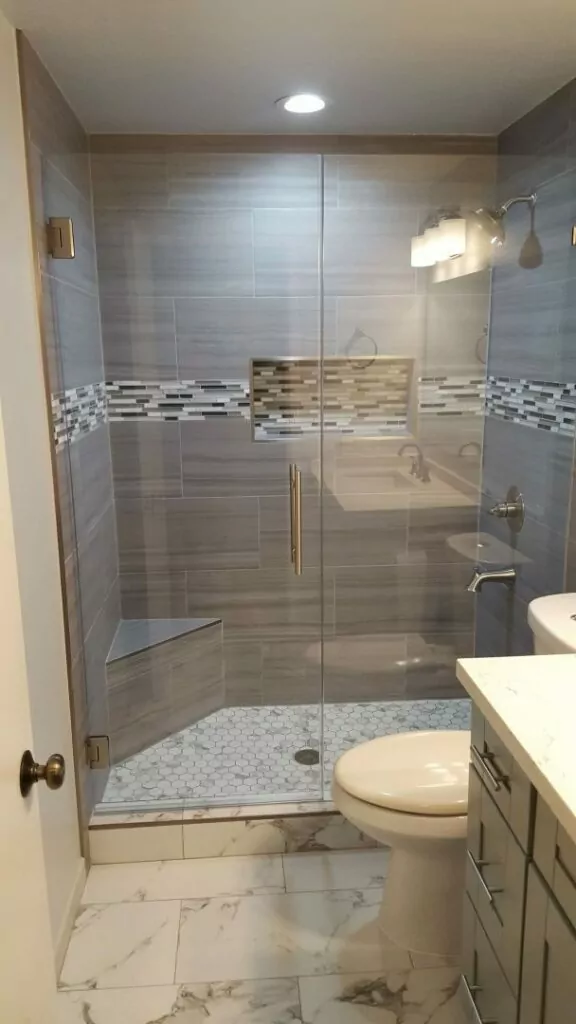
Installing a New Shower
The installation stages of a new shower kit will depend on the model of shower you chose: curbed or curbless. Whatever your variant, make sure you properly follow the instructions provided on the packaging of your shower kit. If you are not very confident about your DIY abilities to convert a bathtub into a shower, feel free to ask a licensed contractor to do the entire dirty job instead of you. Do not think it will cost you a fortune: the bathtub to shower conversion cost is generally not higher than buying a shower kit for DIY installation.
Turning to the Groysman Construction Remodeling Company, the experts will help you implement the best solutions.


